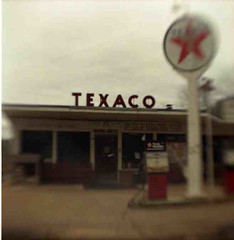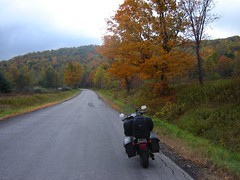 Road trips can be complicated so it’s best to plan thoroughly. It starts when you pick out a location that you want to visit. Then, you go into more specific plans covering the places where you want to stay along the way, the kind of places you will want to see on the trip, the things to pack, and even the activities that may interest you.
Road trips can be complicated so it’s best to plan thoroughly. It starts when you pick out a location that you want to visit. Then, you go into more specific plans covering the places where you want to stay along the way, the kind of places you will want to see on the trip, the things to pack, and even the activities that may interest you.
A very big part of planning for any road trip is planning out a budget. You have to know how much you’ll spend on hotel rooms, souvenirs, travel insurance, food, and most importantly, how much you’ll end up having to spend on gas alone. The latter is so important because gas is expensive and it is often the largest expense on a road trip, especially on a long trip.
It can be hard to calculate what a car or truck will get on a road trip for those who are unfamiliar with their vehicles. Most people only have a vague idea of how many miles to a gallon their vehicle gets, especially if they don’t drive far very often. Before you go on a trip, you need to know to see how that plays into a budget that will include lodging and a travel insurance policy.
By far, the easiest way to calculate a car’s gas mileage is to look at the manufacturer’s book. The car company has already provided you with this information. They will know exactly how many miles a car gets on a gallon either when they’re driving in town or when it’s on the highway. This is important because some people don’t realize that a car gets more miles per gallon on a highway than they do driving a car around towns.
Now, the problem may be more complex if you don’t have that book anymore. Well, there are multiple ways that you can find this out. It just takes a little more time and a little bit more attention. All you have to do is pay attention to the odometer in the car.
The next time you fill up your car, make a note of where the odometer is at or, better yet, reset it entirely so that it’s at zero. Also mark how many gallons you bought. Drive the car until it’s time to fill it up again. Then, when it’s time to refill it, divide the original number of gallons that you bought by the current number on the odometer. In other words, take the amount of miles you drove and divide that number by gallons of gas you bought to get your miles per gallon. After that, divide the total distance of your trip by that number and you will know how many gallons you need. Then, multiply by the price per gallon and you will get your answer.






